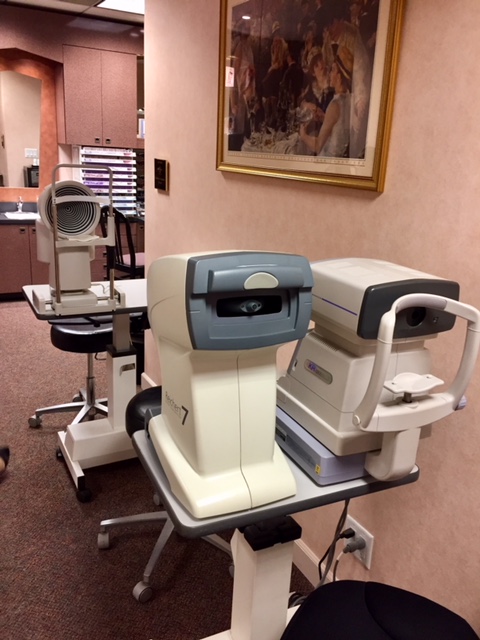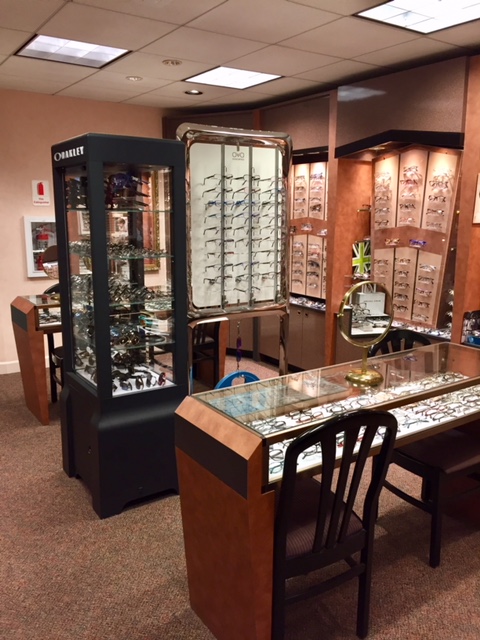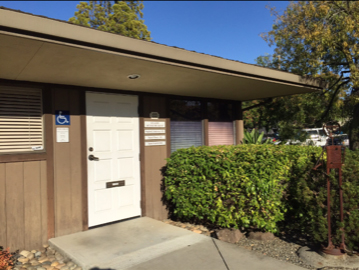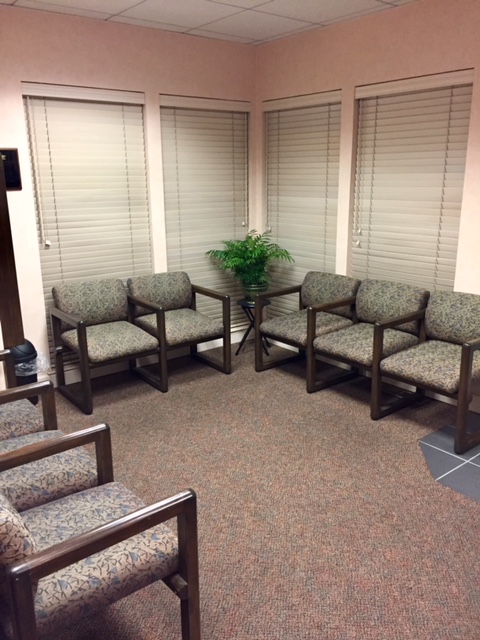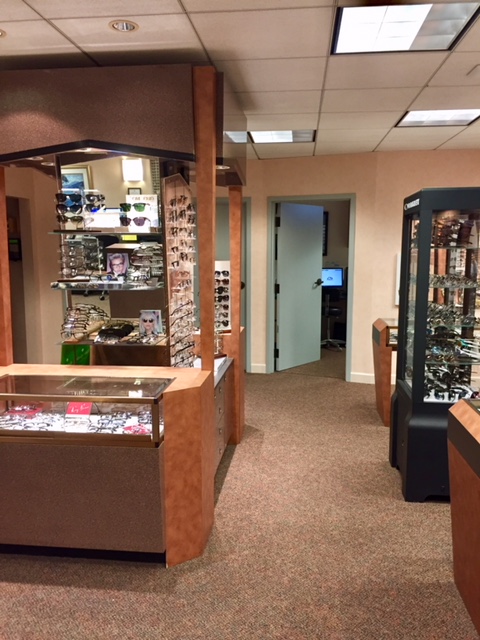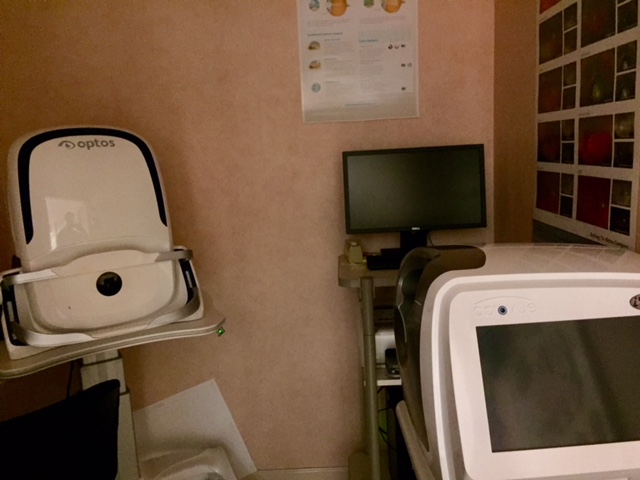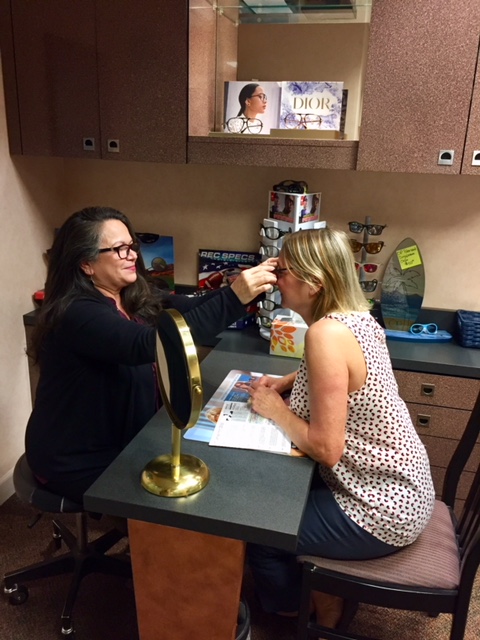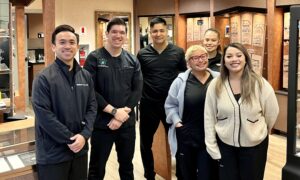By Aaron Neufeld, OD, FAAO
Jan. 30, 2019
When I bought my practice two and a half years ago, I took ownership of a practice that was founded in 1969. I knew I would need to update the office environment and processes to make it ready for the current generation of patients.
Strong Legacy to Build On
When I decided to purchase my practice, I saw an aging practice with a strong legacy that had enormous potential. My vision for our practice was to build a thriving and efficient workhorse that valued empathy and the human touch – two characteristics that I found to be missing in many local practices in our area.
Tapping Into Growth Potential
When I first looked into buying my practice, I noticed that, despite the practice being established and “mature,” there was still potential for growth. My practice was located in a prime location – one of the most affluent neighborhoods of the Bay Area, outside San Francisco. I saw two growth outlets with our location: 1) the optical, mainly due to the culture of the area and the upper/middle class status; and 2) medical optometry, due to an aging population that was ever more in need of care for conditions such as dry eye and glaucoma.
When I purchased the practice, it was grossing about $1 million on one full-time OD and one part-time OD – this was about 60 percent capacity. My initial goal was to gross $1.5 million. Growth also encompassed improving our net income, which was being brought down by too many unnecessary expenses. Today, we see 2,800-3,000 patients per year for annual comprehensive exams.
The original owner-OD went to part-time immediately after the purchase, but retired shortly later, and was replaced with another part-time OD. In support staff, two opticians were retained. Two front-desk employees were replaced with one much more efficient cross-trained employee.
Create a Mission Statement for Reborn Practice
One of my first tasks as practice owner was to create an office handbook that had a mission statement we could all get behind, and strict guidelines on how to conduct business, so we could provide uncompromised and consistent service to all our patients.
Our mission statement (and the subsequent six tenets of excellence) is as follows: “To provide the utmost in quality eyecare to as many individuals as possible in the Los Altos region; by giving the best, most comprehensive, personable and consistent service possible to every patient. In order to achieve this mission, we must always exhibit a culture of excellence, which is comprised of six tenets that must be followed for every patient.”
The six tenets of our Culture of Excellence:
Consistency: Ensure that every patient receives the same quality care, in a consistent manner, at every visit.
Unparalleled Service: Provide unparalleled service that will transcend any other optometrist/optical visit so that the patient will leave 100 percent satisfied.
Efficiency: Maximize efficiency in the exam room, the optical, the reception, and scheduling to allow more individuals to experience our exemplary care.
Values: Be a living representation of the office’s values to create positive, uplifting interactions with patients and each other.
Innovation: Be on the forefront of innovation in ophthalmic lenses/materials, diagnostic equipment and clinical knowledge.
Promote: Promote growth of the office by utilizing the above five tenets in everyday activities to refer more patients to the practice.
Other Articles to Explore
Financing the Purchase
To determine the amount of money needed to take ownership of the practice, I first negotiated a fair purchase price with the previous owner. This involved the inclusion of two third-party valuations, due diligence and a couple months of back and forth (it was a big amount, so I wanted to make sure that no stone was unturned) negotiations.
Since I was relatively early in my career at this point, I decided to take out a business loan with a local bank. Taking out a large business loan, especially for a younger practitioner, was no easy task. I had to aggressively pay my student loans off to show limited debt and also create a business plan to demonstrate that the practice would be able to make money and satisfy debt requirements from the bank loan. I met with multiple banks and pitted their offers against each other.
The loan I took out to facilitate the purchase was a 15-year loan with a 4.5 percent fixed rate that did not give me an early repayment option. It would have been nice to pay early on the loan and be done with it, but that simply was not the hand I was dealt, so I am still repaying it.
Market the Reborn Practice
The main way to market myself as the new practitioner in our community was to get out into the community and meet people face to face. This included local community events, as well as getting involved in organizations such as Rotary and the Chamber of Commerce. I also tested out other groups at the beginning, but stuck with Rotary and the Chamber as my consistent groups. The key was to get as many in-person interactions as possible. By doing this, I was able to recruit new patients and also “rekindle” the doctor-patient relationship with older/established patients.
In addition to in-person marketing, we also used online marketing to get my face out there a little more. This included targeted social media ads (Facebook/Instagram) as well as Google Adwords. Our advertising cost per month ranged from $50-$100, depending on which campaigns we were running. We run targeted online ads to this day. The great thing about targeted ads is that you choose the specific demographics that you are trying to reach.
Get Patient Feedback: Deliver the Practice Your Patients, Not You, Have in Mind
Patient feedback was my most vital source of both self improvement and practice improvement in the early days.
The key to getting true, unadulterated feedback is to be transparent, and put humility ahead of insecurity. With new patients, I would discuss with them that I was the new doctor, and since I wanted to continue care with them for the long run, I wanted feedback on anything I could improve or change to make the patient experience better. The response to this was overwhelmingly positive, and it helped me hone the culture and skills needed to better serve my patient population. Patients, in turn, seemed to feel comfortable with me because of my honest and earnest approach.
With the help of their feedback I was able to create a no-pressure/relaxed environment, and a family-style approach to both eyecare and the optical. This is the environment patients told me they wanted, and which I was able to deliver to them, creating long-term loyalty and satisfaction.
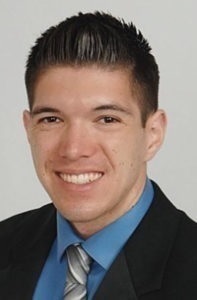 Aaron Neufeld, OD, is the owner of Los Altos Optometric Group in Los Altos, Calif., and co-founder of ODs on Finance. To contact: aneufeldod@gmail.com
Aaron Neufeld, OD, is the owner of Los Altos Optometric Group in Los Altos, Calif., and co-founder of ODs on Finance. To contact: aneufeldod@gmail.com


